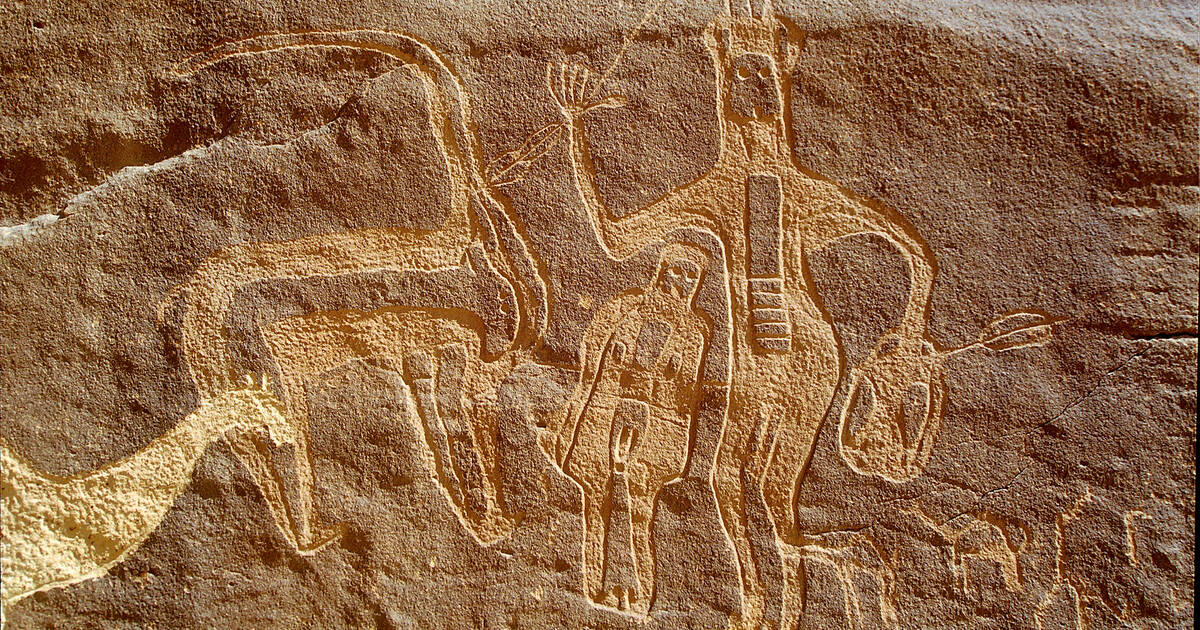Hima, one of the largest rock art complexes in the world located in Saudi Arabia, has landed on UNESCO’s World Heritage list, the sixth such location in the Kingdom to receive the sought-after designation, according to reports.
Entered into UNESCO’s listings as the Ḥimā Cultural Area, the incredible rock art is located in an arid, mountainous area of southwest Saudi Arabia, on one of the Arabian Peninsula’s ancient caravan routes.
UNESCO’s listing says the Ḥimā Cultural Area “contains a substantial collection of rock art images depicting hunting, fauna, flora and lifestyles in a cultural continuity of 7,000 years.”
“Travelers and armies camping on the site left a wealth of rock inscriptions and petroglyphs through the ages and until the late 20th century, most of which are preserved in pristine condition. Inscriptions are in different scripts, including Musnad, Aramaic-Nabatean, South-Arabian, Thamudic, Greek and Arabic. The property and its buffer zone are also rich in unexcavated archaeological resources in the form of cairns, stone structures, interments, stone tool scatters and ancient wells. This location is at the oldest known toll station on an important ancient desert caravan route, where the wells of Bi’r Ḥimā date back at least 3,000 years and still produce fresh water.”
Hima joins the Al-Ahsa Oasis, Al-Hijr Archaeological Site (Madâin Sâlih), the At-Turaif District in ad-Dir’iyah, Riyadh, Historic Jeddah, and Rock Art in the Hail Region as the sixth UNESCO site in Saudi Arabia.
Other famous sites around the world include China’s Great Wall, Yellowstone Park in the USA, India’s Taj Mahal, the UK’s Tower of London and Australia’s Great Barrier Reef.
Unesco’s “decision boosts the Saudi government’s aim to deliver a more ‘open’ image of the country in line with the government’s Vision 2030 plan,” theartnewspaper.com writes.









